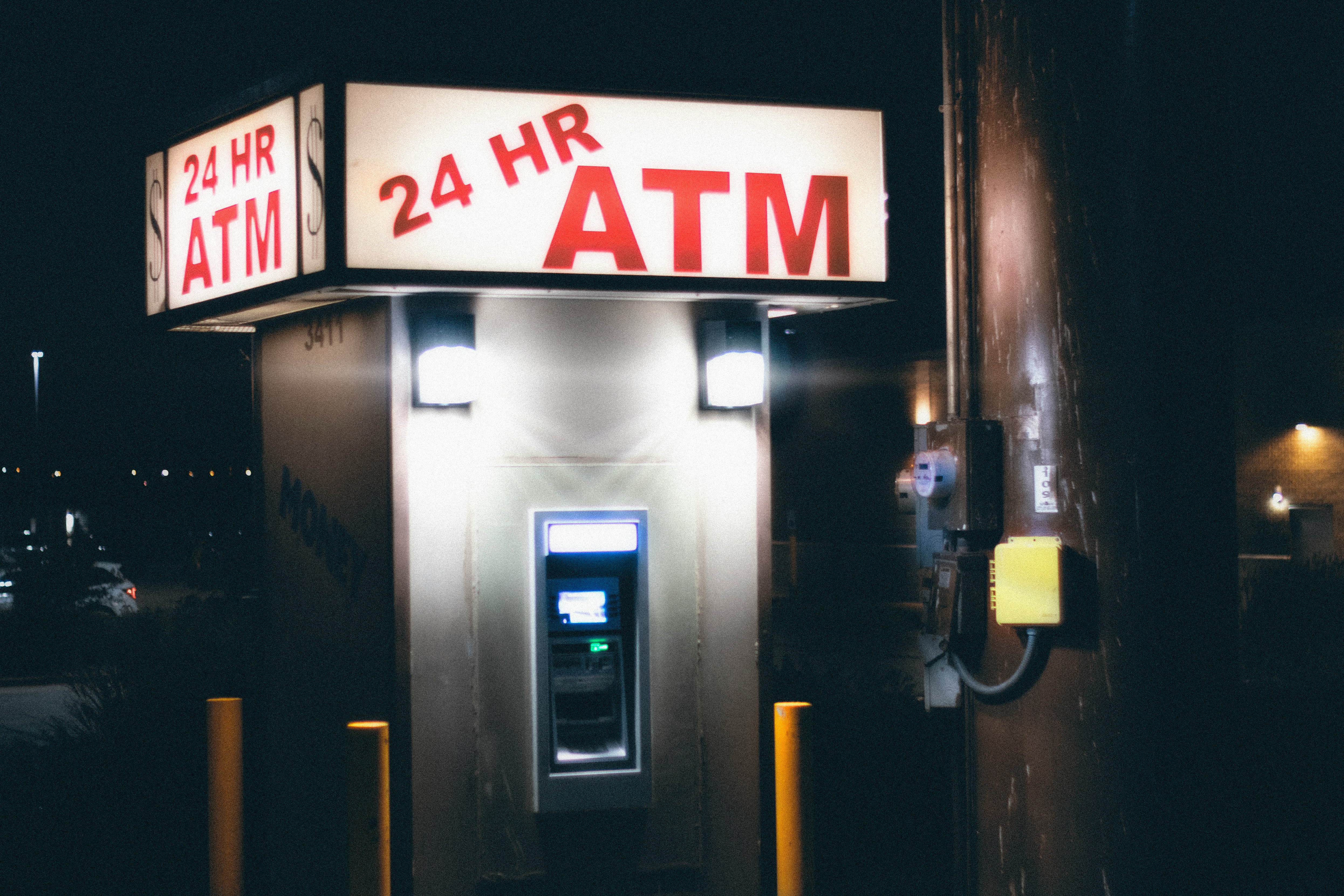
In 1970, in a quiet city bank, stood the first Automated Teller Machine. It was a bulky, metal box with only one job — to give you cash if you had the right card and PIN. People were amazed. No more waiting in long lines to talk to a teller. This machine was the future.
At first, people were skeptical. "How can a box give me money?" asked Mr. Karim, a retired teacher. But over time, the machine earned trust. It worked — slowly, loudly, but it worked.
By the 1990s, ATMs had improved. Now they could do more — check your balance, transfer funds, even print mini-statements. They got faster, quieter, and smaller. Screens became digital, and buttons got soft-touch keys. Customers started depending on them for everyday banking.
In the 2000s, things really changed. ATMs began talking — "Please insert your card" — and supporting multiple languages. Some even had touchscreens. Banks started connecting ATMs to global networks. You could travel and still access your money anywhere.
Then came mobile banking. People began using phones more than ATMs. To stay useful, the ATM evolved again. Some now scan your fingerprint or recognize your face. Others let you withdraw cash by scanning a QR code on your phone — no card needed.
And today? Smart ATMs can even video-call a bank agent if you need help, or give out coins and foreign currency. They're not just cash machines anymore — they’re mini banks, working 24/7.
From a clunky metal box to an intelligent digital partner, the ATM has come a long way. And though the world is moving towards cashless transactions, one thing remains true — the ATM is still evolving, quietly adapting to serve us better.